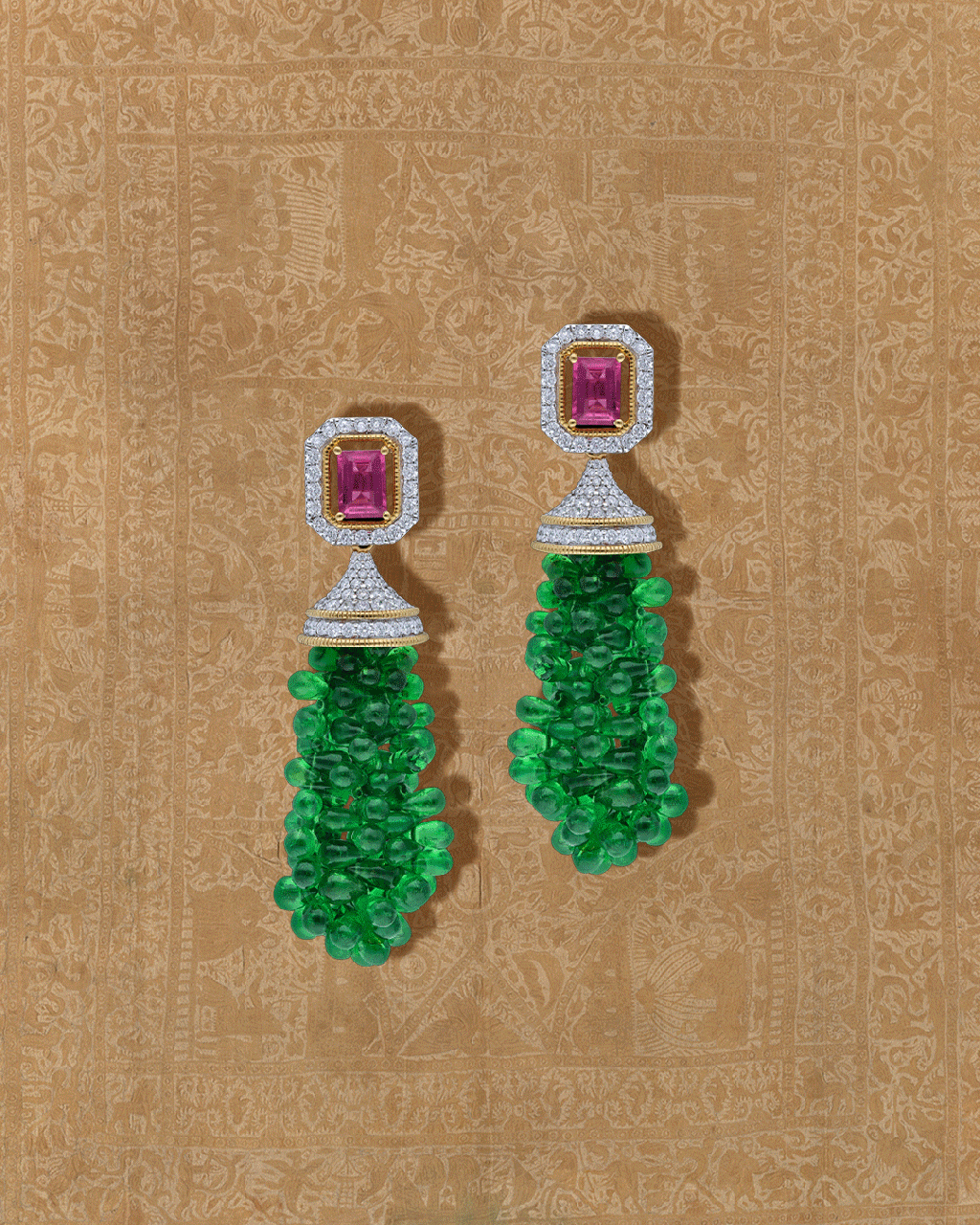How To Wear Your History with The Maharani Of Baroda
The best way to honour your heirlooms? Wear them with irreverence, says HH Radhika Raje Gaekwad. The iconic jewels of the Baroda royal family have always been reinterpreted by the wearer.
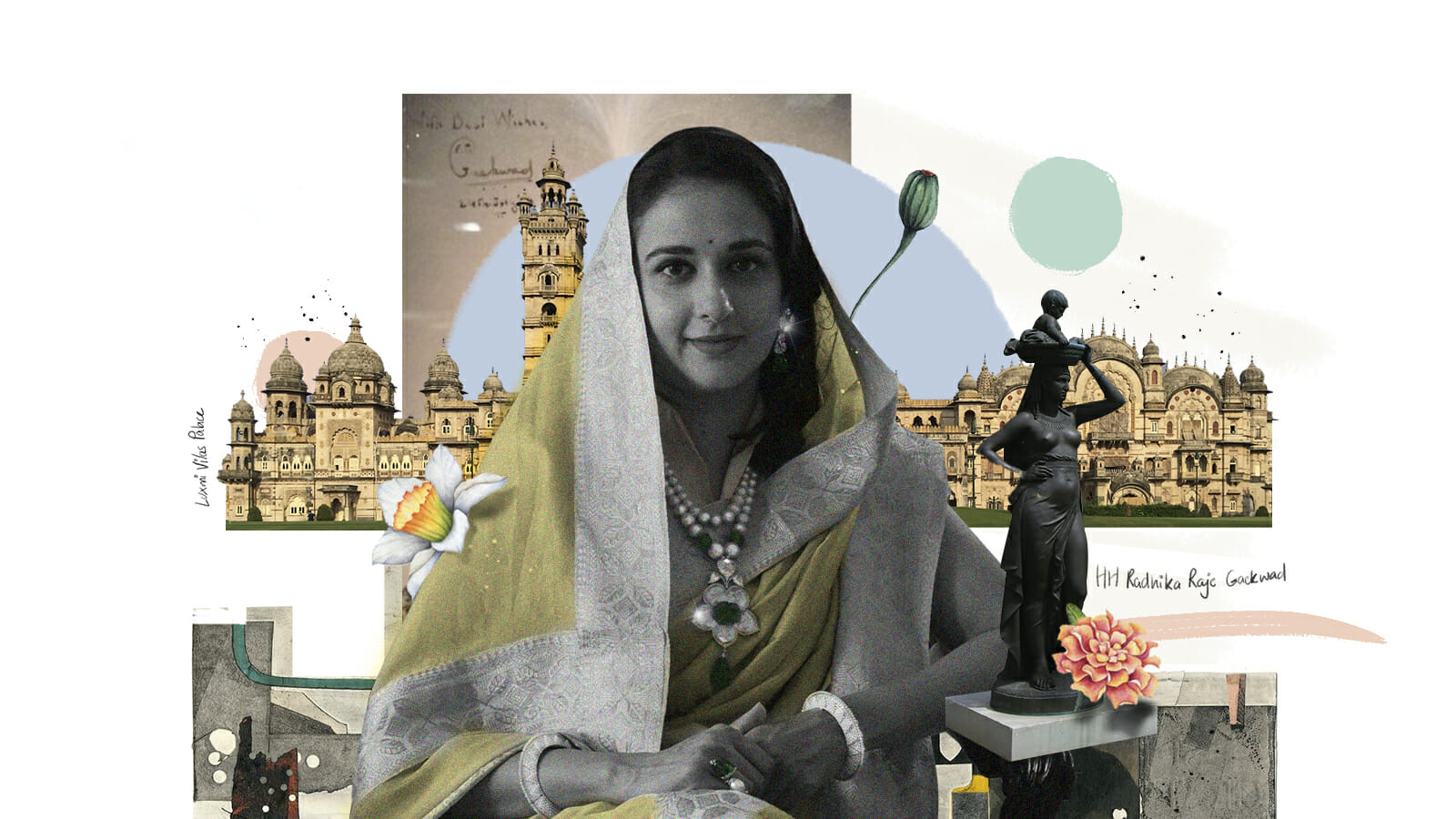
The second wife of Shrimant Maharaja Sir Pratap Singh Rao Gaekwad of Baroda (my grandfather in law) was one of the most bejewelled figures of Indian royal history. Close friends with some of the best-known jewellers of her time, Sita Devi had an endless stream of historic emeralds, legendary diamonds and iconic pearls seep through the hallowed vaults of Baroda, across the seas to find themselves under the loupe of Harry Winston, Cartier and Van Cleef & Arpels. Here they dropped their sacred heirloom status and antique Indian setting to be repolished, recut and redressed into necklaces, bracelets and rings that dazzled in galas, soirées and balls catching the eye and imagination of the western world in the 1940s and 50s. Needless to say, their new avatar made these jewels more wearable and relatable as well as even more valuable.
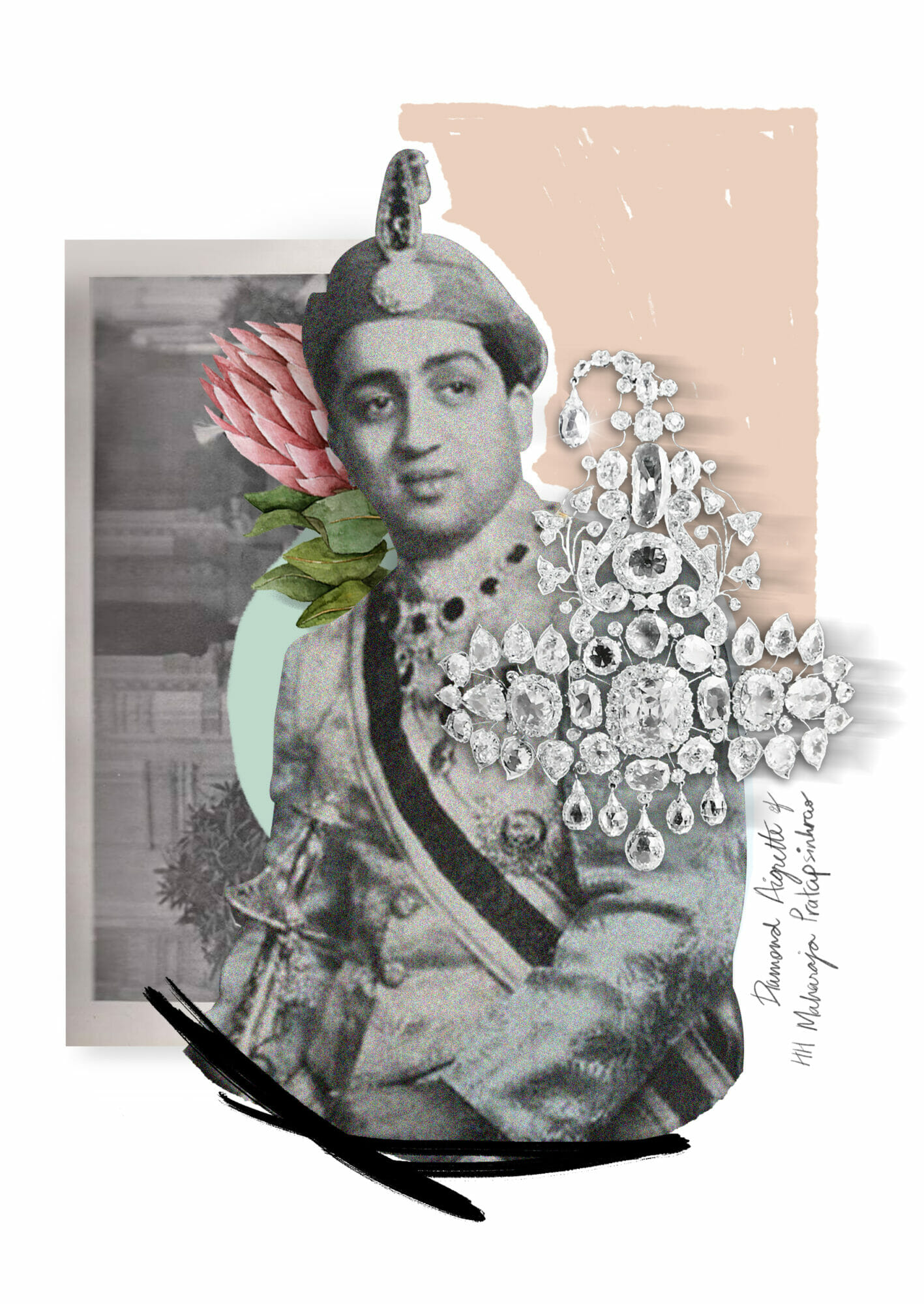
“The new prediction of the modular jewellery trend is therefore to me a peek into our bejewelled history where without losing the essence of the jewels, the piece could transform into something more wearable, cutting across gender.”
Say the splendid aigrette of Shrimant Maharaja Sir Pratap Singh Rao Gaekwad of Baroda that was so cleverly designed that it could be dismantled to make a spectacular ladies brooch. Or my grandfather Maharana Rajsaheb Pratap Singh Jhala of Wankaner’s pearl and diamond ring that has an adjustable discreet band within. That addition was made for him to alternate the ring according to mood or occasion from his ring finger to his little finger. Today I am able to wear this sentimental men’s ring on my slim finger without any alterations, just with the help of its handy contraption.
I remember as a young girl fascinatedly watching my mother Kuverani Saheba Kalpana Kumari of Wankaner transform the colour of her rakhdi or head ornament to match her outfit. The central stones of ruby, emerald and sapphire were all detachable and interchangeable, giving her a new matching jewel every time.
My mother in law, Rajmatasaheb Shubhangini Raje’s Basra pearls kummerband or waist belt too can also be seamlessly worn as a necklace.
Modular jewellery ticks the key boxes as it allows more utility and thus versatility and value for your money. Also, as the amount of jewellery we travel with is directly in proportion to the stress we travel with, modular jewellery helps lighten those scales too!
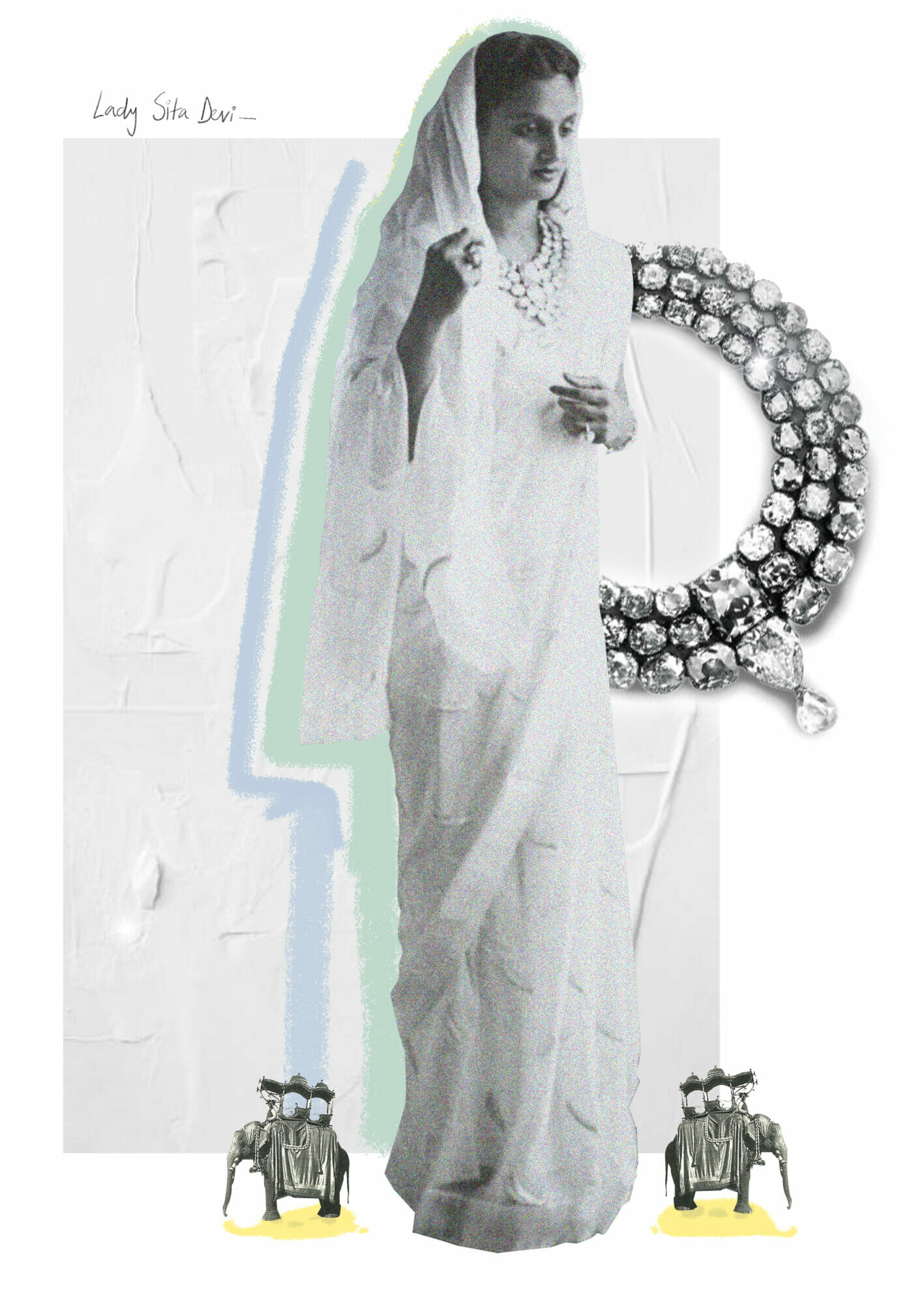
Legend has it that in 1953, when Lady Sitadevi sold her antique Baroda anklets to her good friend and designer Harry Winston, he repurposed them into a magnificent necklace that was picked up, not surprisingly, by another diva and toast of society – Wallace Simpson, the Duchess of Windsor. It is documented that a few years later in 1957 when the Duchess wore this repurposed jewellery to a gala in New York, one of the guests happened to be Lady Sitadevi herself, who announced nonchalantly, “The jewels looked prettier on my feet!” This caused much embarrassment to the Duchess, who showed her displeasure by promptly returning the necklace to Winston.
Similarly (and less controversially) my sister Yuvranisaheb Meenal Singhdeo of Dhenkanal and I have happily amongst ourselves, divided our mother’s gold and polki diamonds anklets to convert them into more wearable and visible chokers.
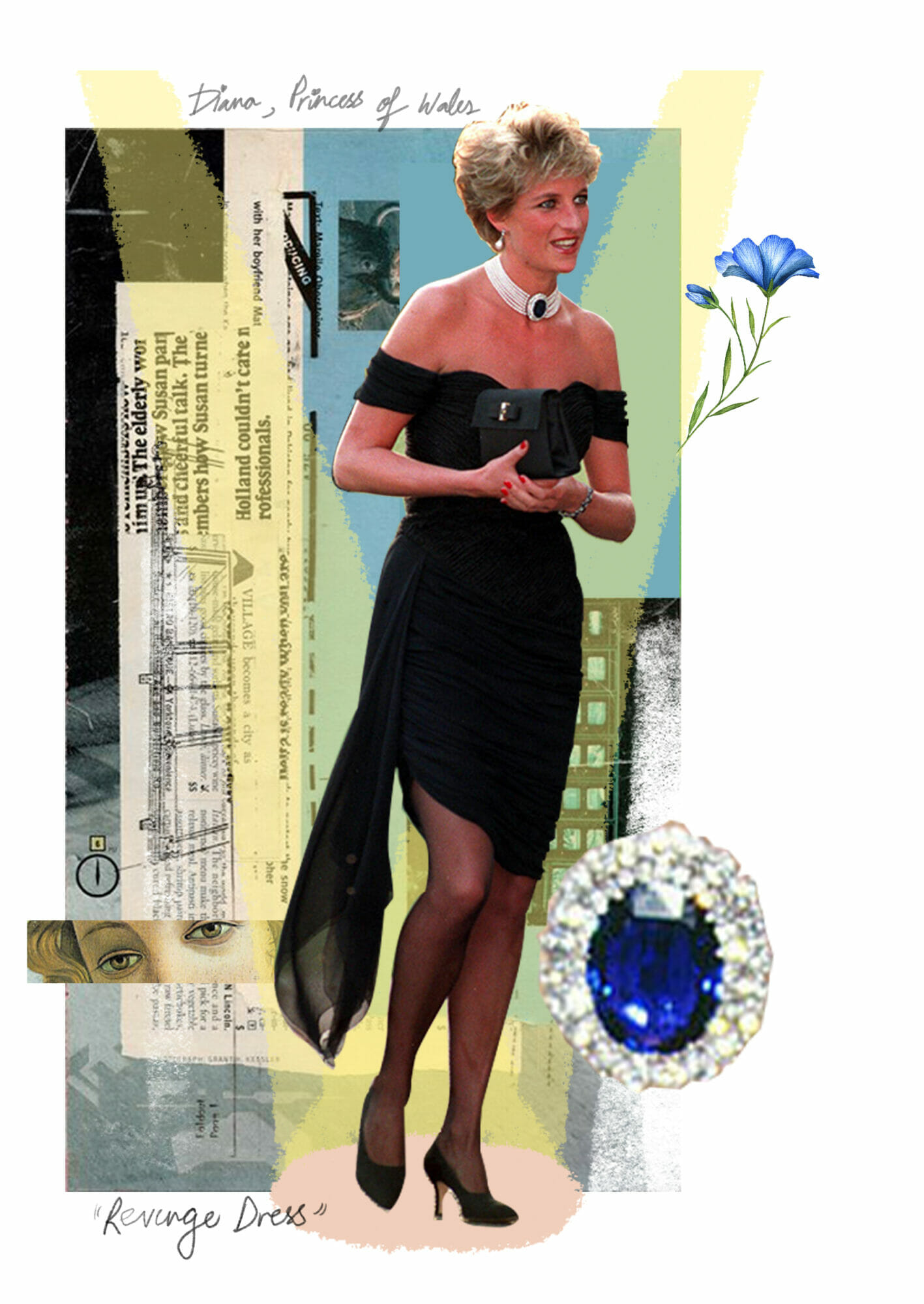
In June 1994 the scandalous documentary in which Prince Charles all but confessed to his infidelity during his marriage to Princess Diana was telecast on TV. That very same evening, Princess Diana arrived at the Vanity Fair gala, wearing a risqué cocktail dress by designer Christina Stambolian. That black number that flouted royal protocol and showed a new and confident Princess on the world stage has since come to be known as the “Revenge Dress”. As that image of Diana became iconic, so did the jewels she adorned. The stunning cabochon sapphire necklace that she wore was originally a brooch, given to the Princess as a wedding present by the Queen Mother. Princess Diana then, to suit her age and taste had it set into a choker with pearls. Although unseen thereafter, we might one day spot the Duchess of Cambridge or Meghan Markle sport it in their own style.

Often to expand the relevance and recipients of heirloom pieces that are both of sentimental value and altogether impossible to replicate, jewels have been repurposed over centuries.
“It’s interesting to see how the New Heirloom has evolved, with people choosing to wear their ancestral pieces in their own unique ways, honouring their legacy while letting their personality shine.”
Both Queen Elizabeth and Princess Margaret of Great Britain chose to wear them for their weddings, tiaras that were formerly also worn as necklaces. Closer home and conversely, an old Baroda tiara, unworn for generations was minimally modified to make a beautiful necklace for me at the time of Samarjit’s and my wedding in 2002.
A piece close to my heart and my neck, thanks to a wee bit of clever tinkering!
